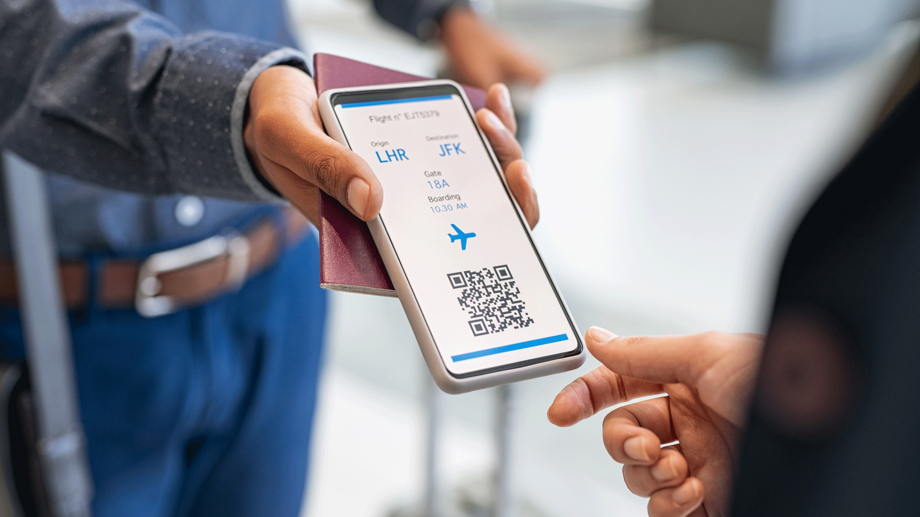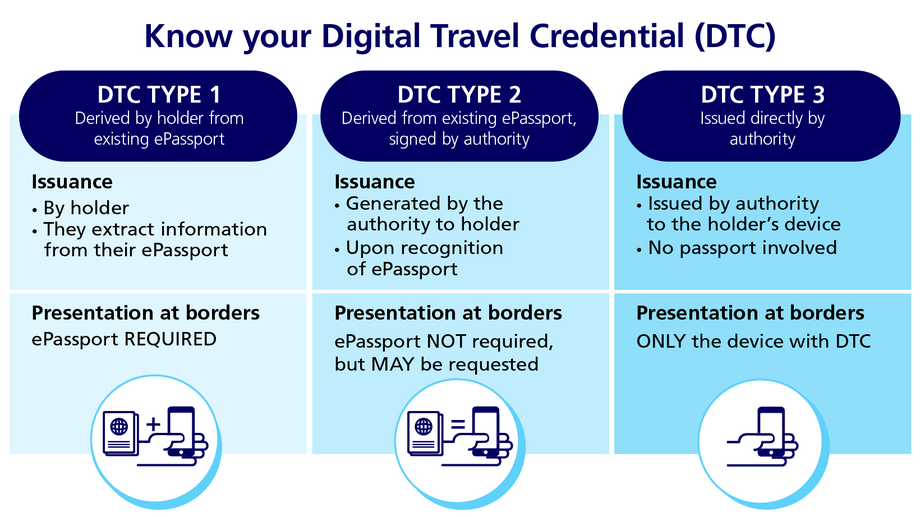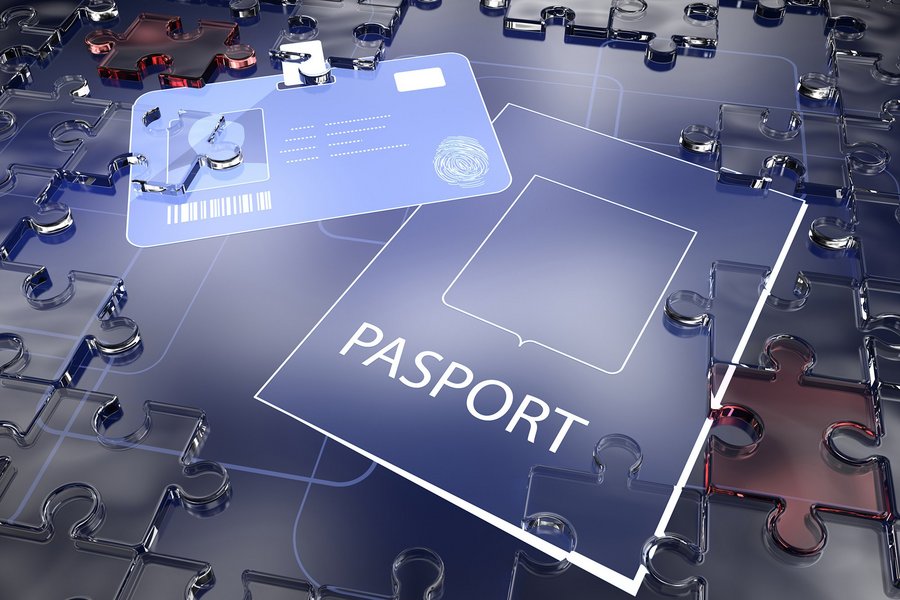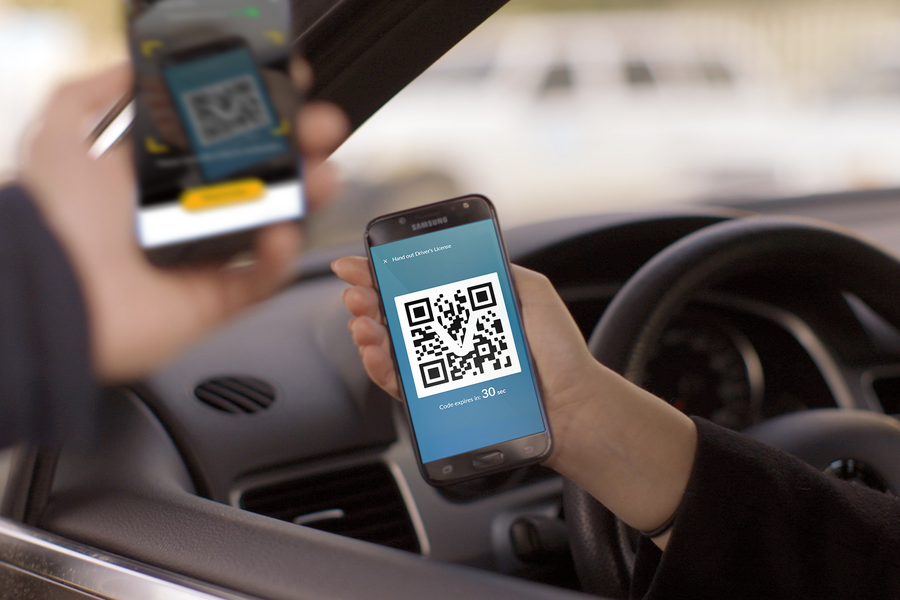Imagine a world in which you don’t have to worry whether you packed your passport when you set off on a flight to a distant country.
You will still need a digital travel authorization (DTA) to make sure you can enter that country. However, your smart device already has all the information you need stored on it, and helps you fill out the form in seconds. This device could be your phone, but it could also be a watch or a key fob; indeed, anything with
- A secure element and
- A means for it to connect, which could be through near-field communication (NFC), Bluetooth, Wi-Fi Aware, or some other mode.
When you arrive at the airport, your device already has all the information required to identify you at the airline counter, assuring the desk agent you have the necessary permissions to fly to your destination. You flash the same device as you board the plane to complete the airline’s stipulated boarding process. Just take your seat and enjoy the flight.
When you arrive at your destination – provided you’re registered for the service and the airport is equipped to offer it – your device helps you speed through, perhaps using seamless biometric corridors that could check your eligibility to enter that country as you walk. Your device even helps you get quickly onboarded to the local digital payment platform, so you have money to spend in the local currency.
No more hours spent filling out forms. No more waiting in line as passport officers look at each other, turning an unfamiliar passport this way and that. No more lines!
An impossible science-fiction-fueled dream? Or the next stage in the Digital Travel Credential (DTC) journey?





